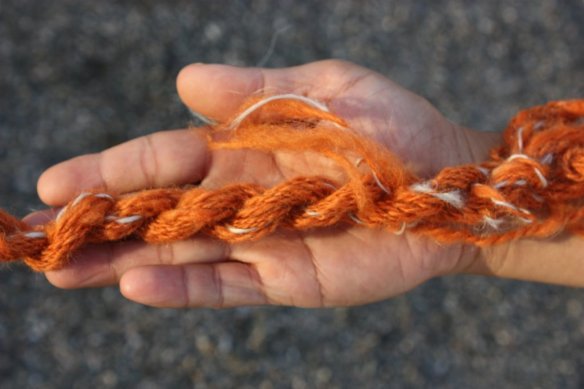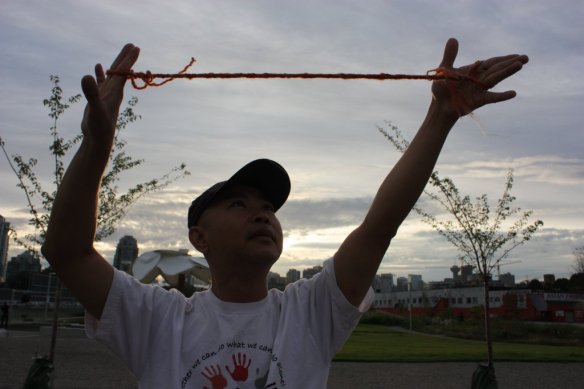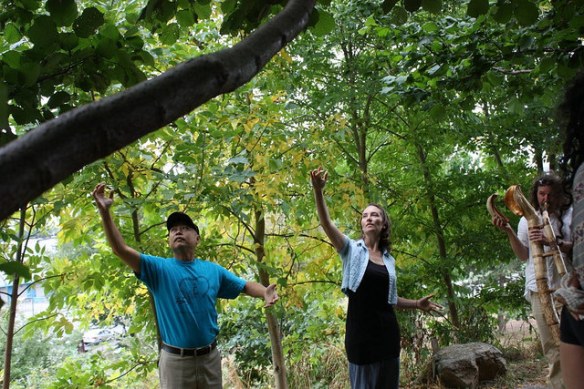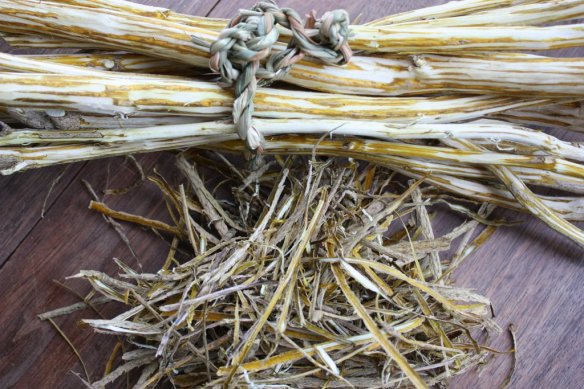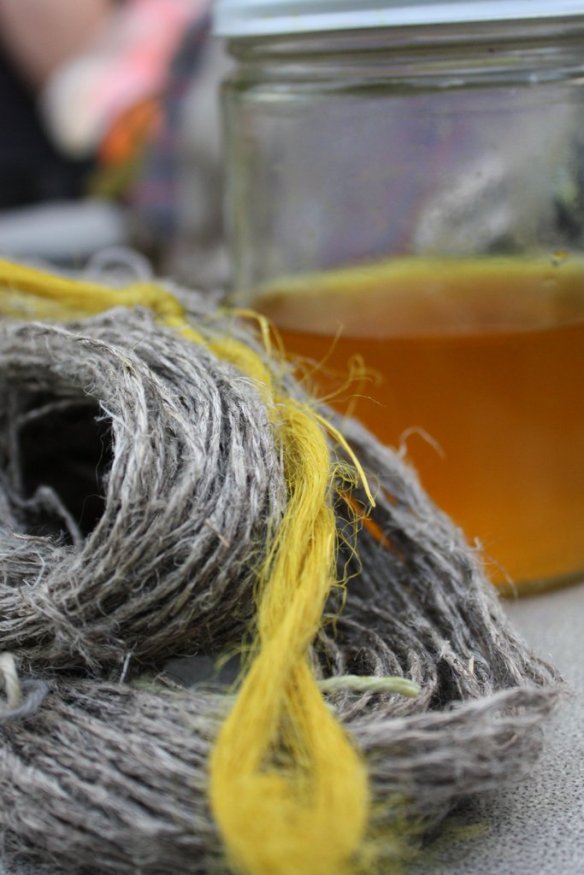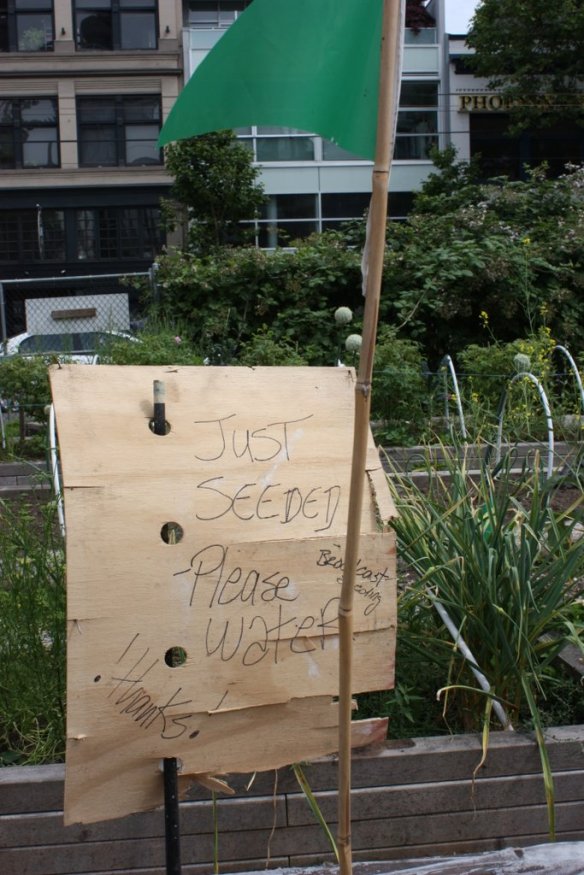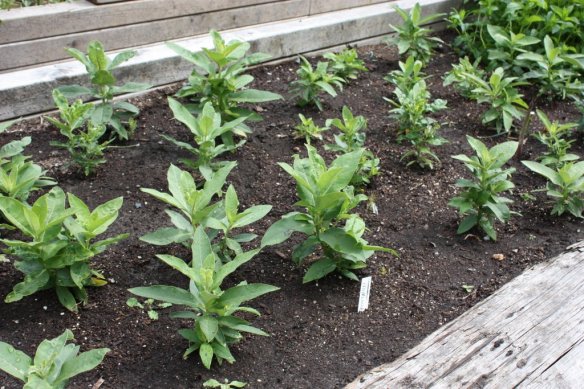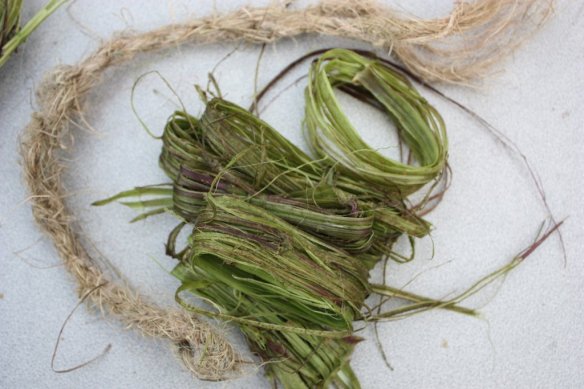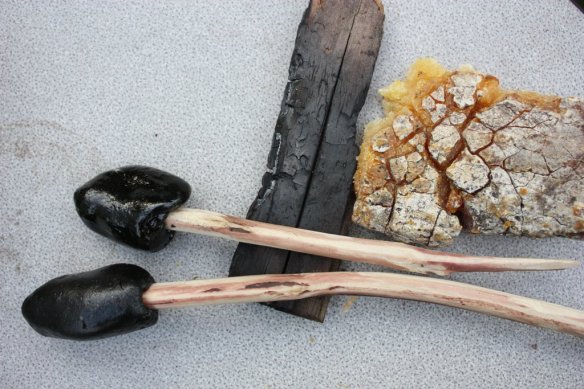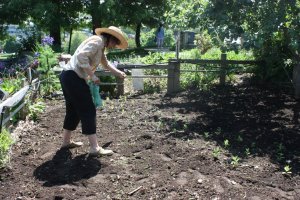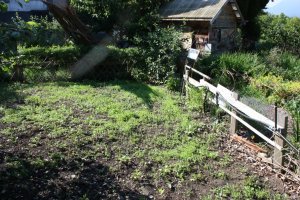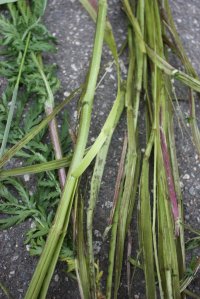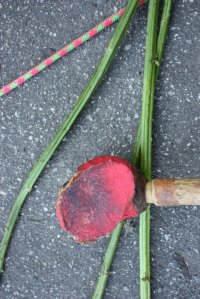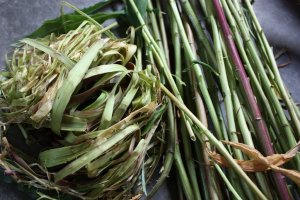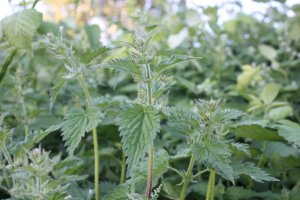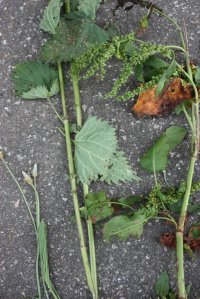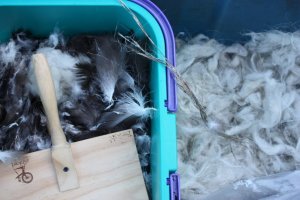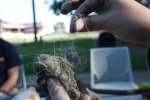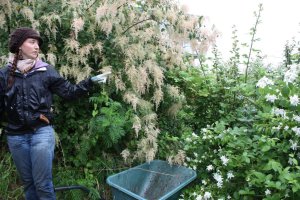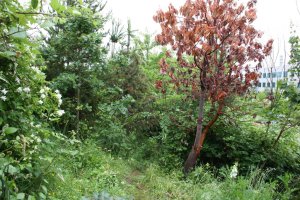As we have been working in the gardens this summer, we have been investigating the properties of our hands to both do work and express. And now that we are nearing the end of the season, a series of gestures have collected into a dance for our hands, one that tells the story of our process so far. Yesterday, September 1, With the help of Wilson Liang (dancer) and Mr. Fireman (music) I shared this short hand dance at our celebration event at Means of Production Garden.
Some of the gestures come from working with tools – both general gardening implements and tools specific to fibre production. I have become particularly interested in the aid tools give us to build, deconstruct, manipulate and ground our intentions and goals – and I’ve begun to think about how tools are a way to connect, transfer, and distribute the energy of our bodies with the environment. As extensions of our hands, tools accomplish goals and do work in a kind of energetic transfer with the land.
As we construct a gestural dance, one that focuses on the relationship between our hands, arms, and head and eyes, it becomes really interesting to see what happens when the tools are taken away. How do our gestures transform when the focus is on our bodies and our connection to environment, memory, and intention?
At many of our sessions so far, I have introduced a warm-up gestural dance by Irene Dowd, which was taught to me by a colleague, Hailey McCloskey. I have been thinking a lot about why it fascinates me so much. It is both functional and imagistic. It provides the hands, arms, and shoulders with a really good stretch. And, it focuses on the connection between our two hands as we press our fingers or palms together and spiral our fingers in and out of connection with each other. It is this play between our two hands that I realize is an interesting starting point for Terroir because it is the connection that grounds the two halves of our bodies with each other, circulating energy to find balance. Without tools, our hands are brought in relationship to each other. We internalize the opportunity to ground and connect with our environment, expressing balance, connection and exchange.
The dance we have been working on contains hand movements from clearing undergrowth, using a drop spindle, drafting fibre, winding skeins … and rather than organize them in a chronology, they are linked together by a play between our hands. Sometimes this connection is very close as we press our palms together; sometimes it is taken to its edge along specific lines in space. In this way the dance plays with balancing energies between both halves of our bodies, distributing intention to the furthest edges, to interact with our environment and community, and bringing it back to our centres, when we join our hands at our midline in various ways, to bring our left and right halves together.

